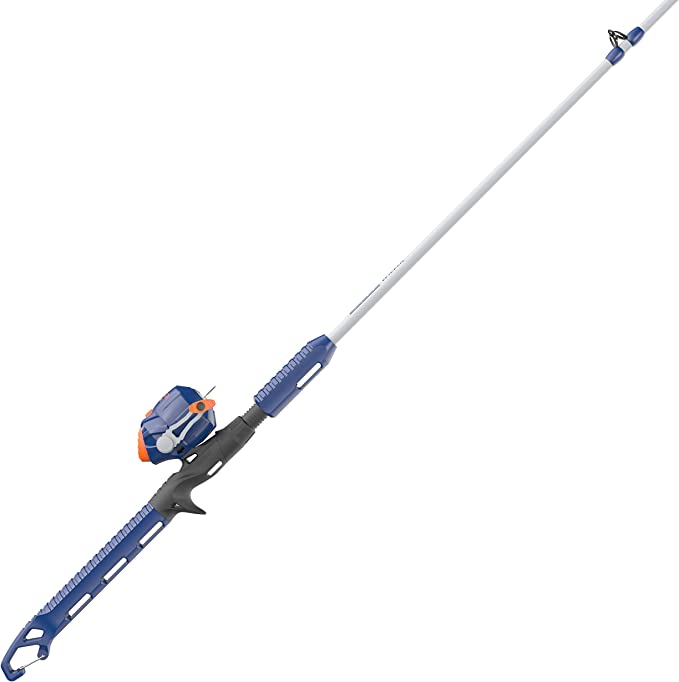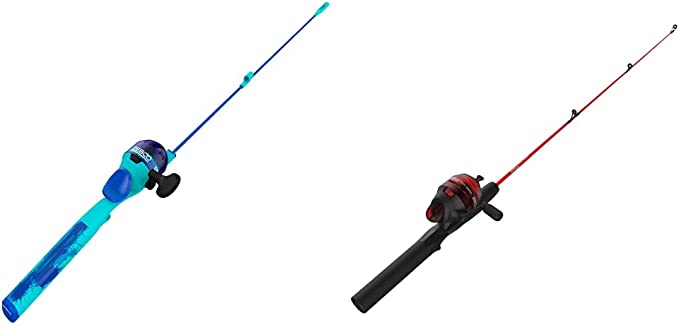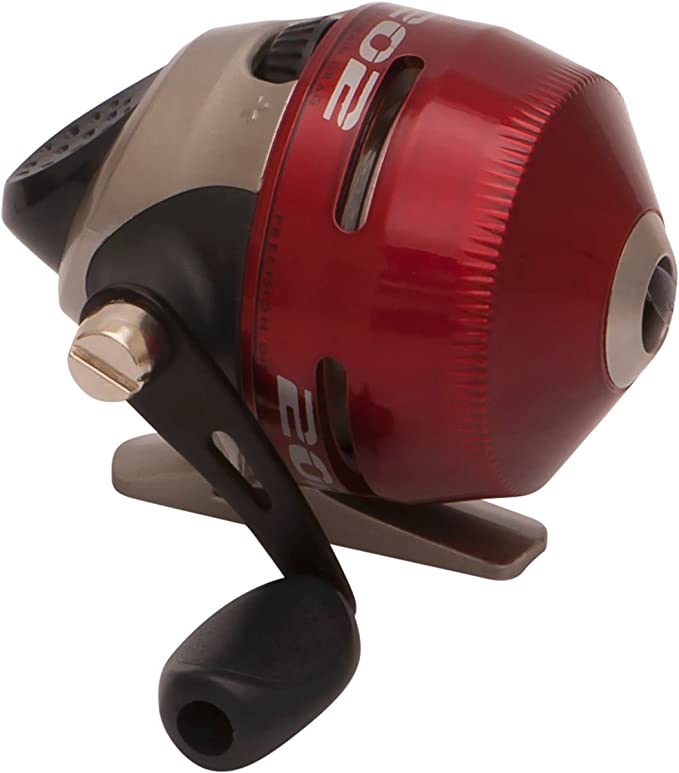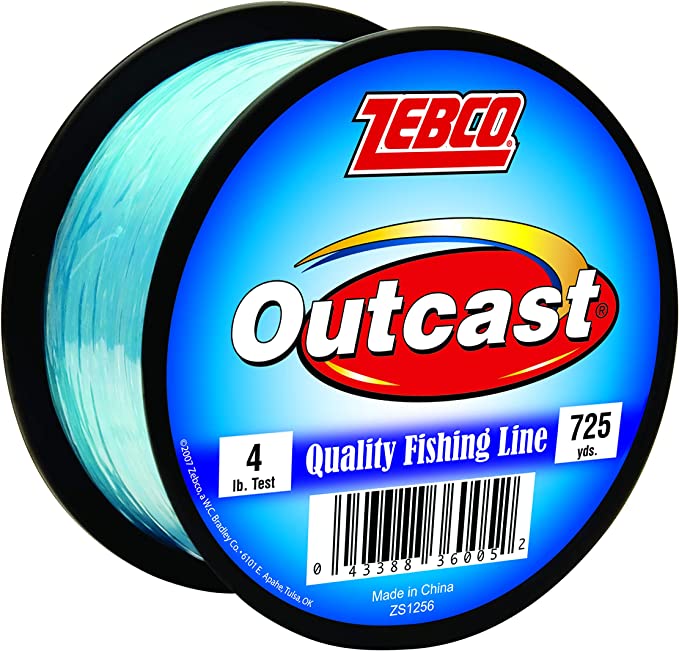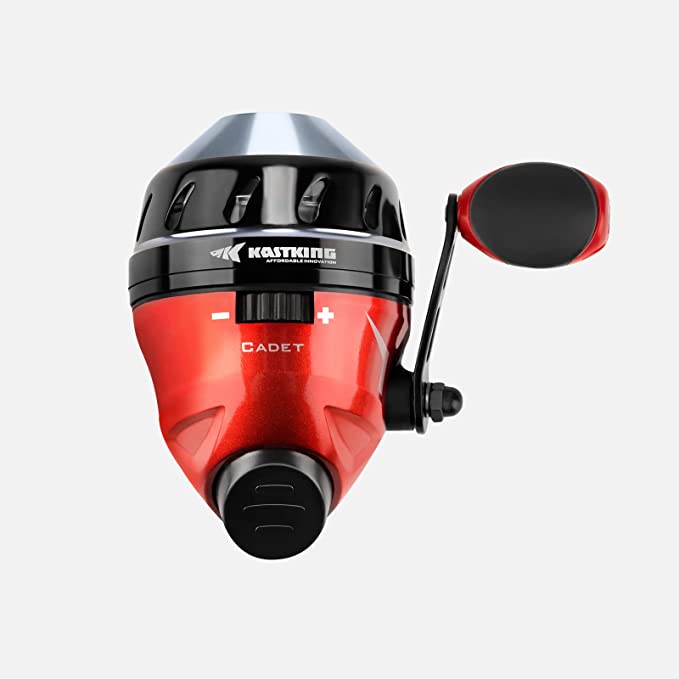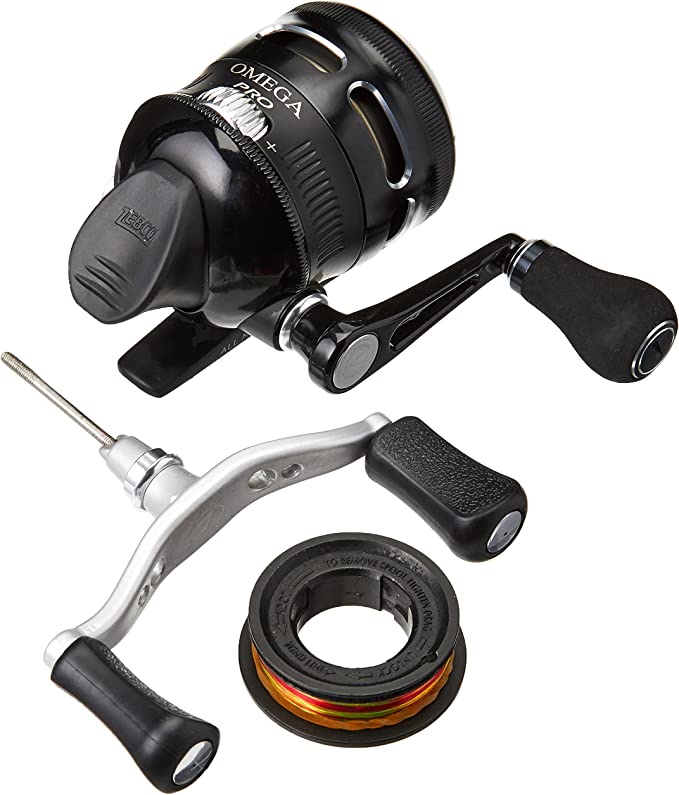The Unlikely Invention That Taught America to Fish: Science of the Zebco Spincast
Update on Aug. 2, 2025, 10:45 a.m.
There’s a universal moment of parental dread that unfolds by the water’s edge. It begins with a child’s eager smile and a brand-new fishing rod. It ends, more often than not, with a soul-crushing, hopelessly tangled ball of line—a “bird’s nest” that defies the laws of physics and patience. The dream of a peaceful, formative outdoor experience dissolves into frustration. This single, persistent problem has likely discouraged more budding anglers than any other. But the solution to it wasn’t born in a high-tech lab; it was conceived in the mind of a Texas watchmaker and perfected in a former bomb factory.
The themed fishing rod your child holds today, whether it resembles a lightsaber or a superhero’s gadget, owes its profound simplicity to that legacy. To truly understand why a product like the Zebco Star Wars Spincast Combo works so well, we must look past the flashy graphics and explore the ingenious, often invisible, engineering designed specifically to conquer that dreaded tangle. This isn’t just the story of a fishing rod; it’s the story of how clever science and a relentless focus on accessibility democratized a pastime for millions.
An Unlikely Solution from an Unlikely Source
The story begins after World War II with a man named R.D. Hull, a skilled watchmaker in Rotan, Texas. Like many, Hull was frustrated by the complexity of existing fishing reels, which were prone to the infamous backlash and tangles. Drawing on his intricate knowledge of gears and springs, he tinkered relentlessly. His goal: create a reel that anyone could cast without creating a mess. He mounted a spool sideways, covered it with a cap (a “shroud”), and designed a mechanism where pressing a button released the line and turning the handle engaged pins to retrieve it. It was revolutionary.
He pitched his invention to various companies, all of whom rejected it. Finally, he found a partner in the Tulsa-based Zero Hour Bomb Company, which, with the war over, was desperately seeking a new product line. They wisely changed their name to Zebco (an abbreviation of their original name) and, in 1949, released the world’s first commercially successful spincast reel. It was an instant hit, not with expert anglers, but with the millions of ordinary people—and their children—who had previously found fishing too intimidating.
Deconstructing the Force: The Engineering of an Easy Cast
That 75-year-old design DNA is precisely what powers the Zebco Star Wars rod today. Each feature is a modern refinement of that original mission to eliminate frustration.
The Push-Button Revolution
The true genius of the spincast reel is its biomechanical simplicity. For a child still developing fine motor skills, the multi-step process of a spinning reel—flipping a bail, pinching the line, coordinating the release—is a complex ballet. The spincast reel reduces this to a single, gross motor movement: pressing and releasing a button with the thumb.
When the button is pressed, it mechanically retracts the stainless steel pick-up pins inside the reel’s shroud. The line is now free. As the rod is cast forward, the angler simply lifts their thumb. The lure’s momentum pulls the line smoothly from the stationary, enclosed spool. There’s no exposed, spinning spool that can spill loops of line. When the handle is turned, a simple cam system re-engages the pins, which catch the line and wind it evenly back onto the spool. It’s an elegant, near-foolproof system.
The Laws of the Line
The primary culprit behind tangles is “line memory.” Monofilament line, a polymer, “remembers” its coiled shape on the spool. When it flies off, it wants to form loops. If one of these loops snags on the rod tip, a bird’s nest is born. The Tangle-Free Rod Tip on this combo is a crucial physical gatekeeper. It’s essentially a specialized, funnel-like guide that forces the line to exit in a straight, controlled manner, actively preventing those errant loops from wrapping around the rod’s end. It’s a simple piece of physics-based design that solves the most frequent point of failure.
Instant Power, Zero Slop
When a fish strikes, you need to set the hook instantly. In many basic reels, there’s a small amount of backward “slop” or play in the handle before the gears engage. This fraction of a second is wasted energy. The QuickSet Anti-Reverse system solves this with a one-way clutch bearing.
Imagine a silent, instant brake. The clutch allows the handle to rotate forward to retrieve line, but the moment you stop reeling and pull back, it locks with zero backward movement. This ensures that 100% of your force is transferred directly to the line, driving the hook home efficiently. It’s a feature once found only on more expensive reels, but its inclusion here is critical for turning a child’s bite into a successful catch.
Forged in Forgiveness: The Material Science of a Kid-Proof Rod
Finally, the combo is built not just to perform, but to survive. The rod is made from Glass, or fiberglass. Unlike the high-performance graphite used in enthusiast rods, which is stiff and brittle, fiberglass is defined by its flexibility and durability. It can be bent into a frightening arc or dropped on a rock and will likely survive, making it the perfect material for the less-than-gentle handling of a young angler.
Inside the reel, the use of all-metal gears is another deliberate choice for longevity. They resist stripping under pressure far better than the plastic gears found in many toys. This durability is paired with a 2.6:1 gear ratio. This means for every single turn of the handle, the spool spins 2.6 times. Think of this as the “low gear” on a bicycle. It’s not fast, but it provides immense torque (cranking power). For a child, this makes it easier to winch in a surprisingly strong bluegill without needing speed or finesse.
From a watchmaker’s workshop to a galaxy far, far away, the journey of the spincast reel is a testament to the power of thoughtful design. The Zebco Star Wars rod is far more than a toy. It’s a direct descendant of a revolutionary idea, a carefully engineered tool that leverages principles of physics, mechanics, and material science for a single, noble purpose: to make a child’s first cast a moment of pure, unadulterated joy. It proves that sometimes, the most advanced technology is the one that becomes so simple, it disappears, leaving only the memory of a fish on the line and a smile that will last a lifetime.
